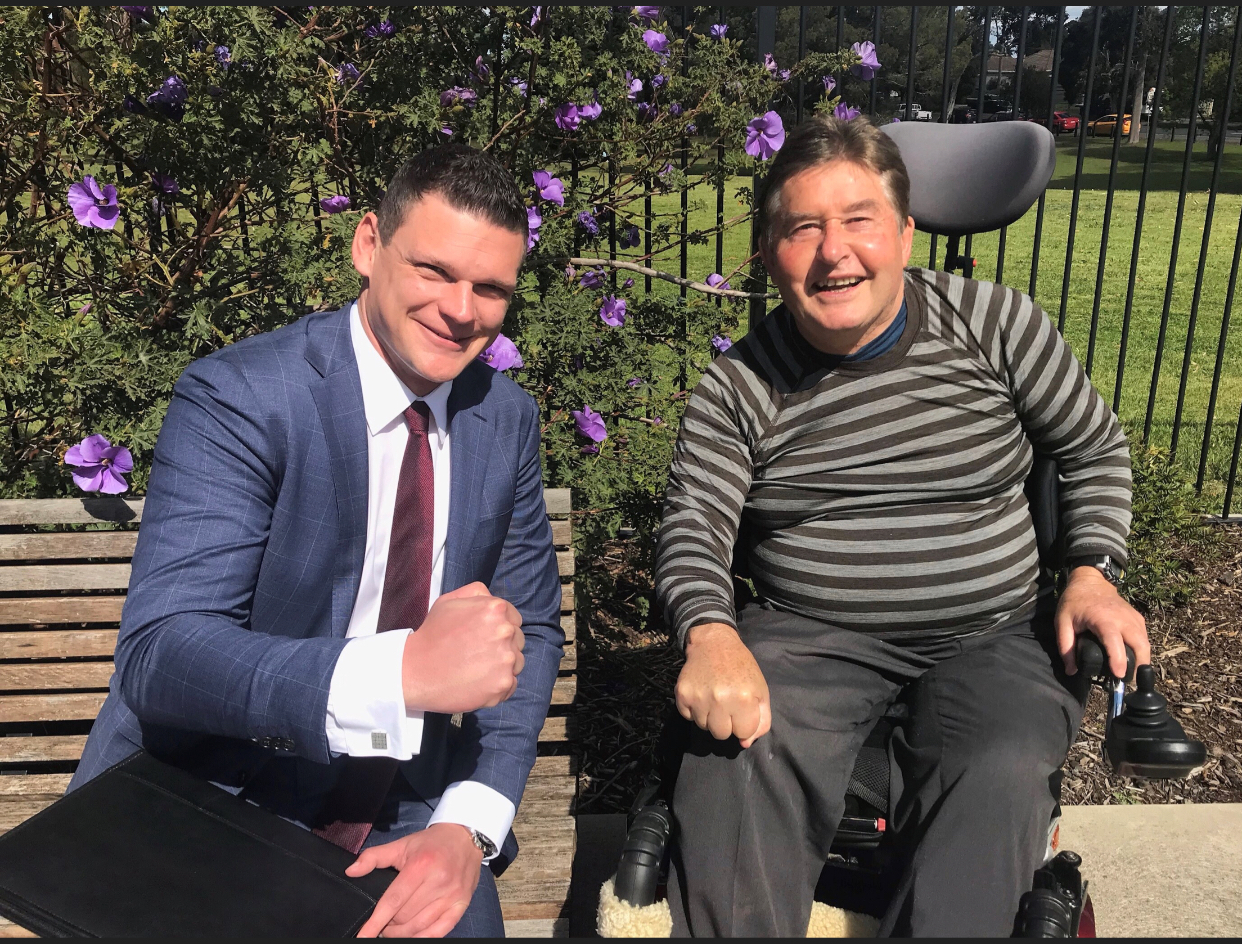Even if Your Vehicle is on Autopilot – You’d Better Not Be!
Yesterday’s horrific transport accident in Armadale which left a woman in a critical condition at The Alfred Hospital after being struck by the driver of a vehicle allegedly on Autopilot, is a stark reminder of every driver’s need to understand the capabilities of the technology they are using and their non-delegable duty to be responsible for the safety of others whilst they are in charge of a motor vehicle.
With surging petrol prices and an increasing take-up in vehicles with automation systems, it is imperative that the technology is not misunderstood for more than what it is, and that drivers are educated in the use and limitations of their vehicle.
Levels of Autonomous vehicles
The Society of Automotive Engineers (SAE) developed an industry standard scale dividing autonomous vehicles into six levels with Level 0 having no autonomous features and Level 5 vehicles being fully autonomous ie: not requiring a driver. In 2021 the SAE published an update to its definitions to clarify that Levels 0-2 are “driver support features” requiring the driver to still be heavily involved with the vehicle’s operation.
There are a number of manufacturers currently incorporating automation systems into their vehicles including Tesla, Mercedes, GM and Volvo, but these are what are known as Level 2, which means that whilst the car can control some functions such as steering and speed on a marked highway, the driver still has to be in control of the vehicle.
Tesla Autopilot function
The vehicle in question in yesterday’s accident was reported to be a Tesla Model 3. Whilst Tesla asserts that the Tesla Autopilot function enables the car to steer, accelerate and brake automatically within its lane, Tesla’s own site points out that the “Autopilot features require active driver supervision and do not make the vehicle autonomous”.
Your responsibility
Whilst we cannot comment on the specifics of yesterday’s accident, drivers remain the sole person responsible for the safe driving of the vehicle under their control regardless of the make, model or the technology it utilises.
“Whilst yesterday’s accident is reportedly the first case involving a Tesla for Victoria’s major collision unit, in my opinion, it would be a tenuous defence for any driver to rely on an argument that their vehicle manufacturer was in some way responsible for an accident in circumstances where the use of the technology is outside the guidelines indicated by the manufacturer, and where the driver has failed to uphold his or her responsibility in the safe driving of their vehicle.
We watch with great interest as to the precise type of data from the vehicle’s operating system the Major Collision Unit might able to obtain, as we expect this will become a significant area of enquiry in matters concerning automated vehicles involved in serious collisions for both criminal investigations but also the cases we deal with, being civil claims for personal injury damages involving the TAC” said Ms Blond, Managing Director of Fortitude Legal.
Your rights if injured
As with all transport accidents, drivers, regardless of the technology of their cars, are insured for injury to others through the Transport Accident Commission. The Transport Accident Scheme provides for compensation to those injured including:
- Loss of earnings;
- Medical and like expenses; and
- Lump Sums of compensation which can be in the hundreds of thousands of dollars for those injured in negligent circumstances.
Fortitude Legal is an Award winning law firm specialising in obtaining compensation for those injured in transport accidents.
Contact us for a free, no obligation chat on 1300 020 618











